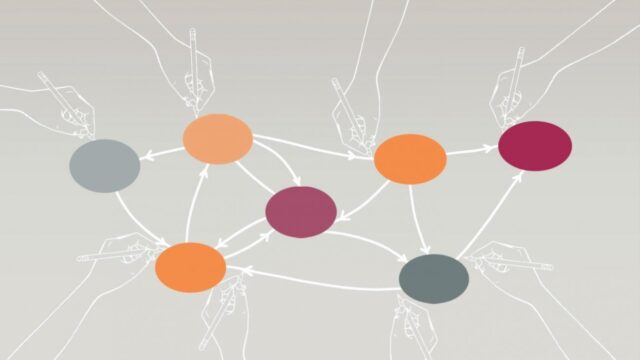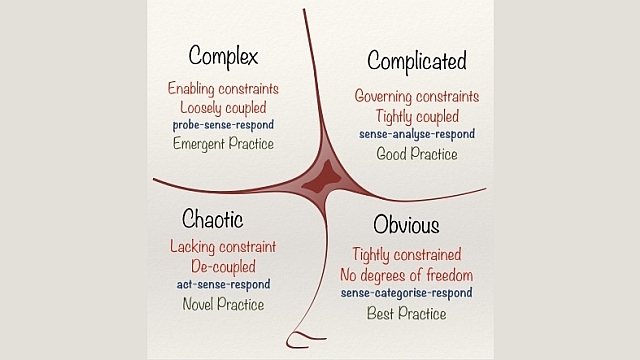
Optimization and Complexity: Introduction [Systems thinking & modelling series]
This is part 57 of a series of articles featuring the book Beyond Connecting the Dots, Modeling for Meaningful Results.
We start this section by reconsidering our hamster population model from The Process of Modeling. As you recall, your friend requested our help in constructing a model to simulate the population of the endangered Aquatic Hamsters. There are many ways to exploit valuable empirical data to improve your models. For instance, if we had data on hamster fertility, we might be able to plug that information in directly as a parameter in our hamster population model.
One of the most useful kinds of empirical data is historical time series. Some of these time series might represent data and factors that we include in the model, but they are not directly modeled. For example, we might have historical temperature data. The temperature could be an important thing to include in the model, as it would affect hamster survival, however it is not something we directly model. By this we mean that we do not expect our hamsters to have any effect on the temperature in the region but we do expect the temperature to have an effect on the hamsters. Thus, we can include the temperature data in the model. We can do this by importing this historical temperature data and including it in the model using a converter primitive.
In other cases, the historical data may represent factors you are directly trying to model. For example, we have a data series of biannual hamster population surveys going back 20 years. This data series lets us know roughly how many hamsters there were over time. Because we are trying to model this data, it is not something we plug directly into our model as we could with the temperature, but it is something we can use to calibrate and assess the accuracy of our model.
How do we do this and what will be the results?
Next edition: Optimization and Complexity: Assessing Model Accuracy.
Article sources: Beyond Connecting the Dots, Insight Maker. Reproduced by permission.



